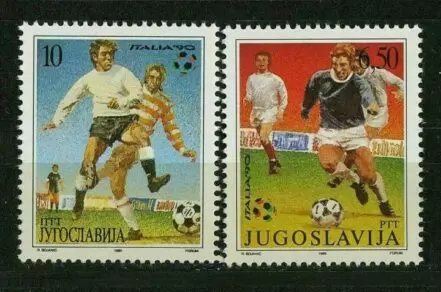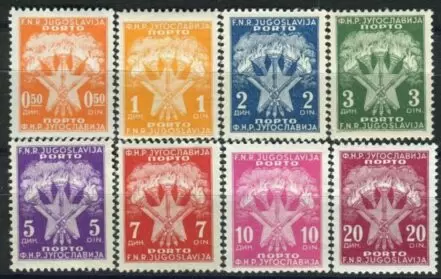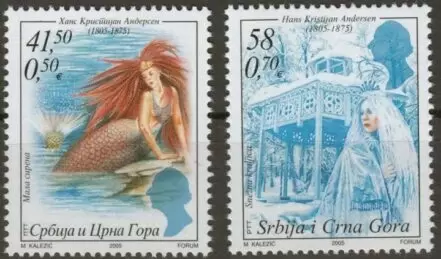Yugoslavia year 1979 Art – Romanesque Sculpture full set MNH
The Yugoslavia 1979 Art – Romanesque Sculpture set is a beautiful issue that highlights the rich medieval artistic heritage, particularly in the coastal and central regions of the former Yugoslavia.
Here are the details for this commemorative stamp set:
Detail Information
Issuing Authority Socialist Federal Republic of Yugoslavia (SFRY) Post
Year of Issue 1979
Theme Art – Romanesque Sculpture (featuring significant architectural and sculptural details from the Romanesque period)
Number of Stamps The complete set consists of 5 different stamps.
Artworks/Subjects The stamps typically feature details from monumental Romanesque works, such as:
- Portal or sculpture details from cathedrals or churches (e.g., from Studenica Monastery in Serbia, or buildings in Split or Trogir in Croatia).
Denominations The denominations are in Yugoslav Dinara (D or Din). Common values in the set often include: 2.00 D, 4.90 D, 6.00 D, 7.70 D, and 10.00 D (though the exact values may vary slightly depending on the specific postal rate requirements at the time of issue).
Catalogue No. Scott: The set is typically cataloged as Scott #1448 – #1452.
Stanley Gibbons (SG): The set is typically cataloged in the SG 1903-1907 range.
Export to Sheets
This set is a popular thematic issue, reflecting the value placed on historical and cultural preservation within the former Yugoslavia.










Reviews
There are no reviews yet.